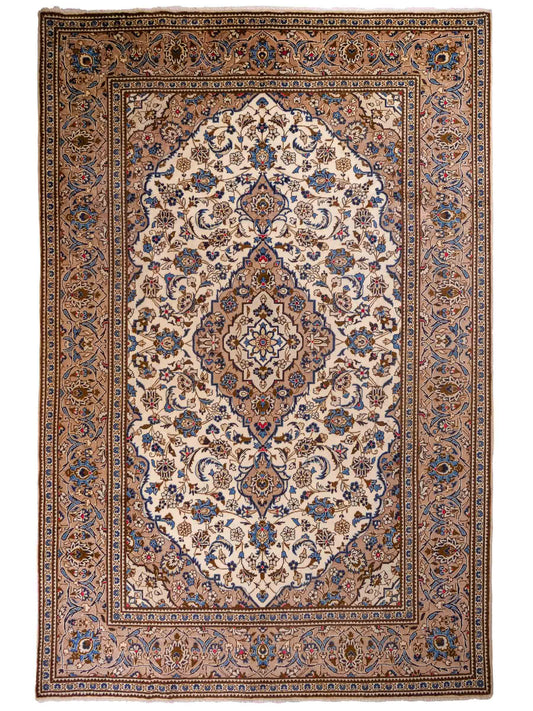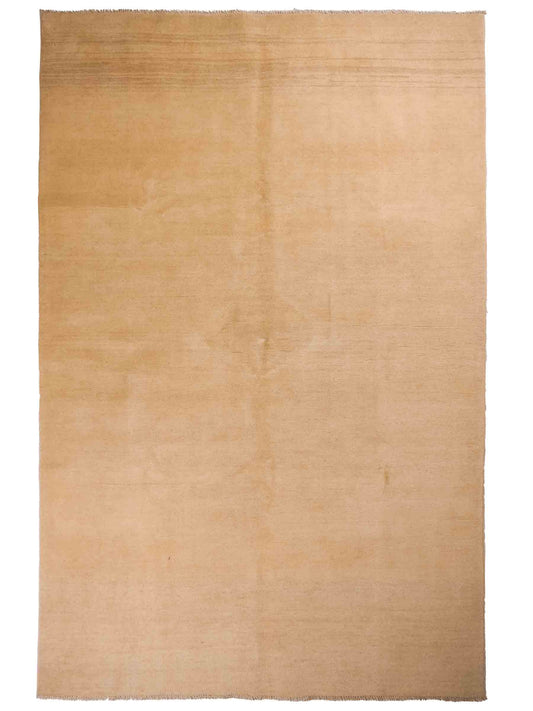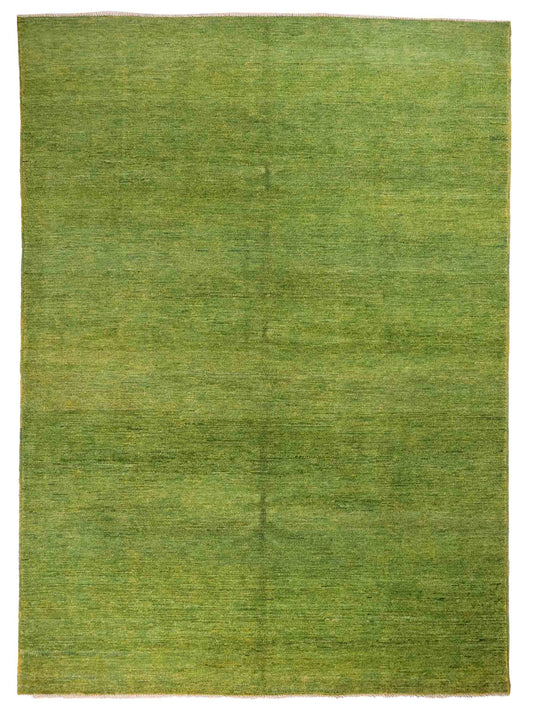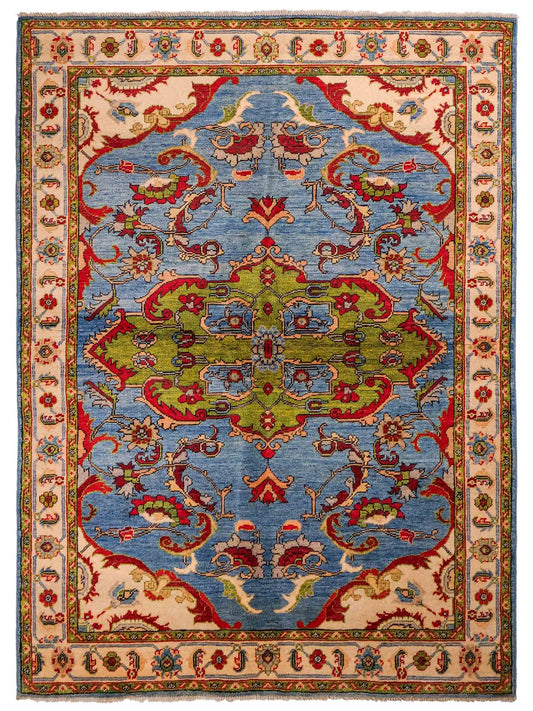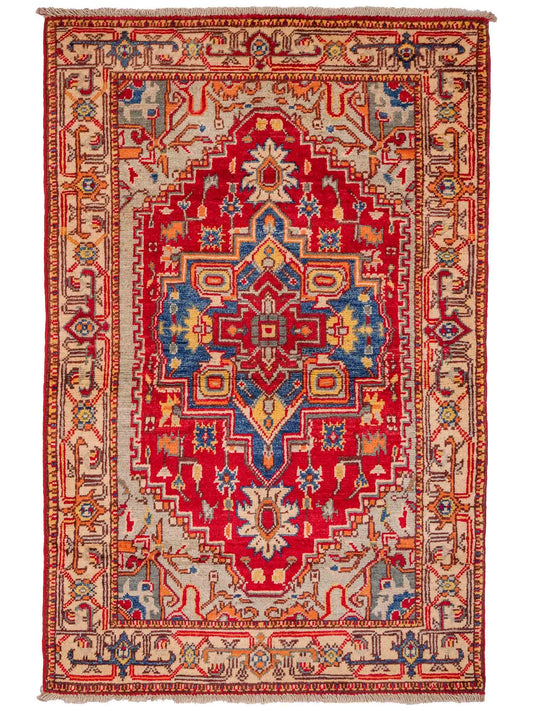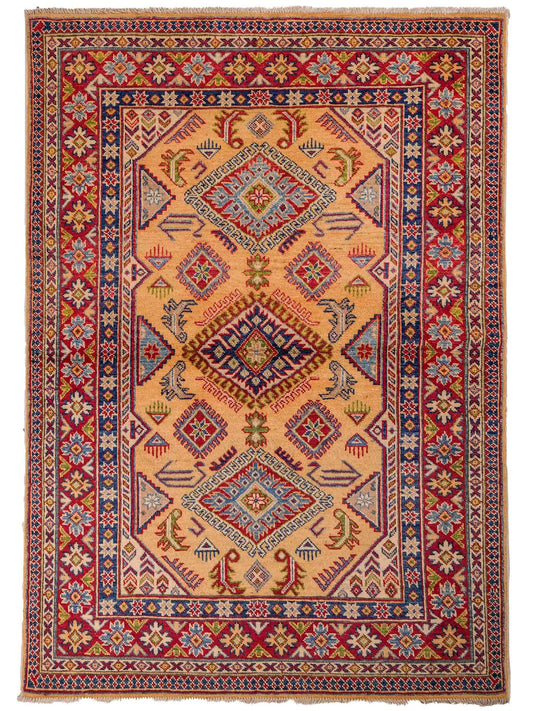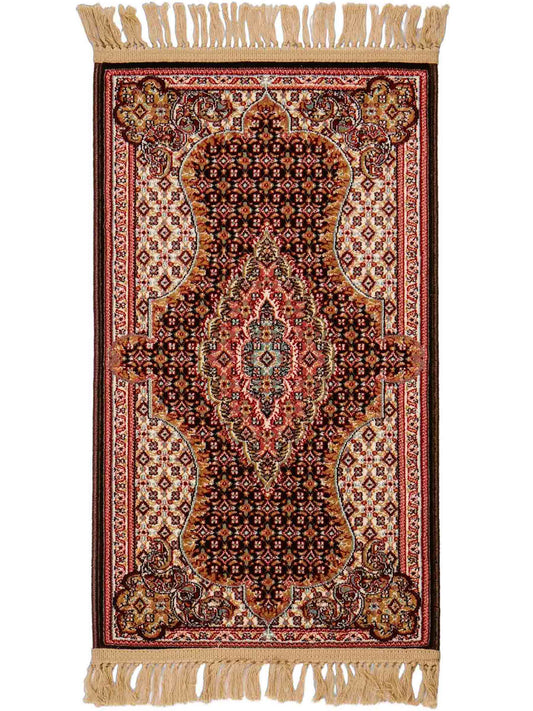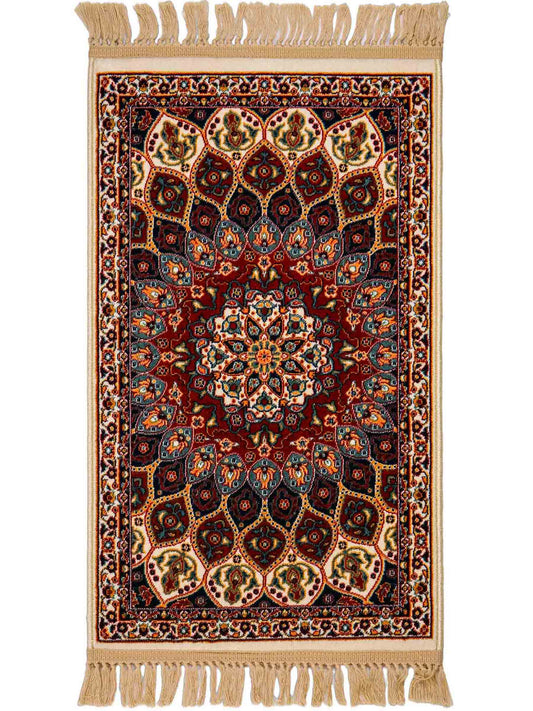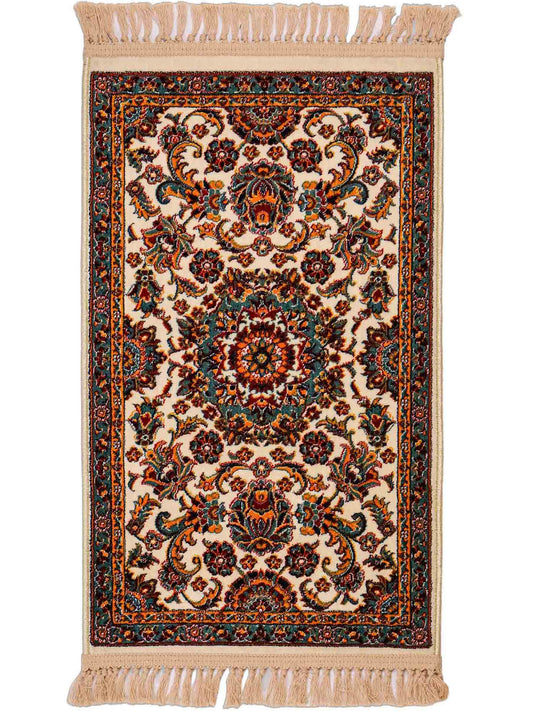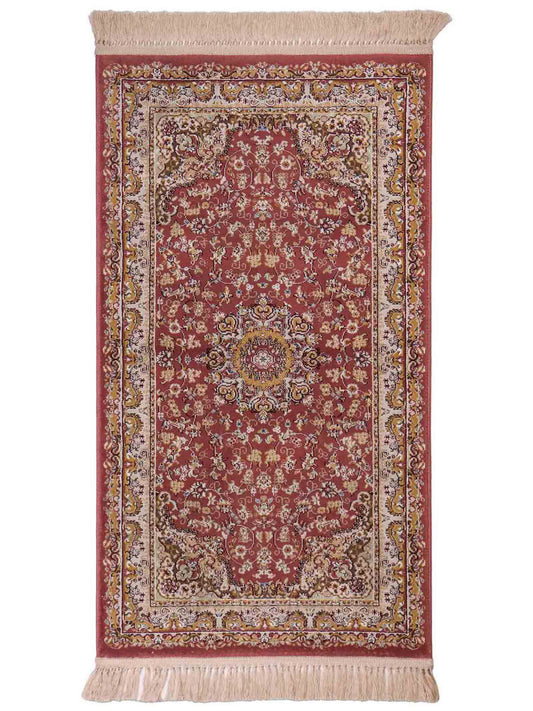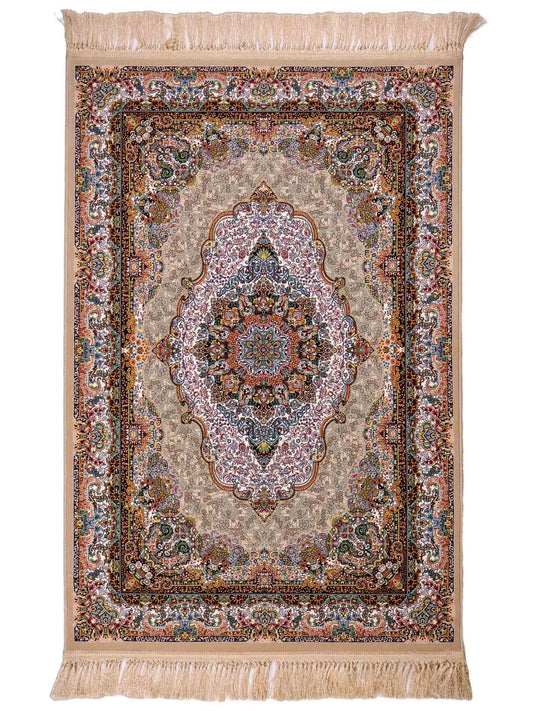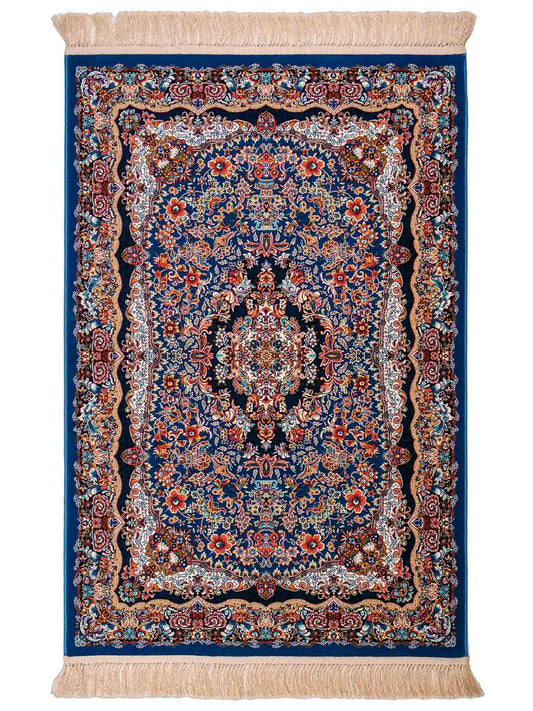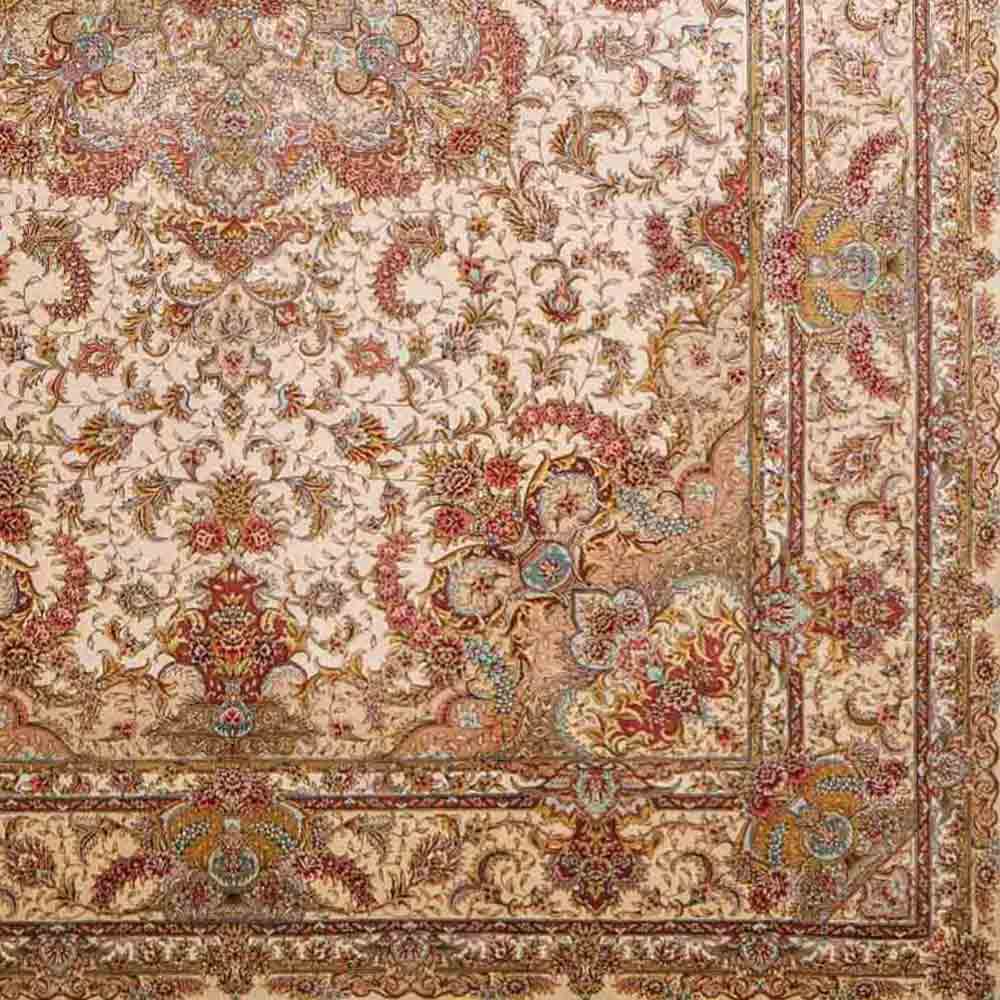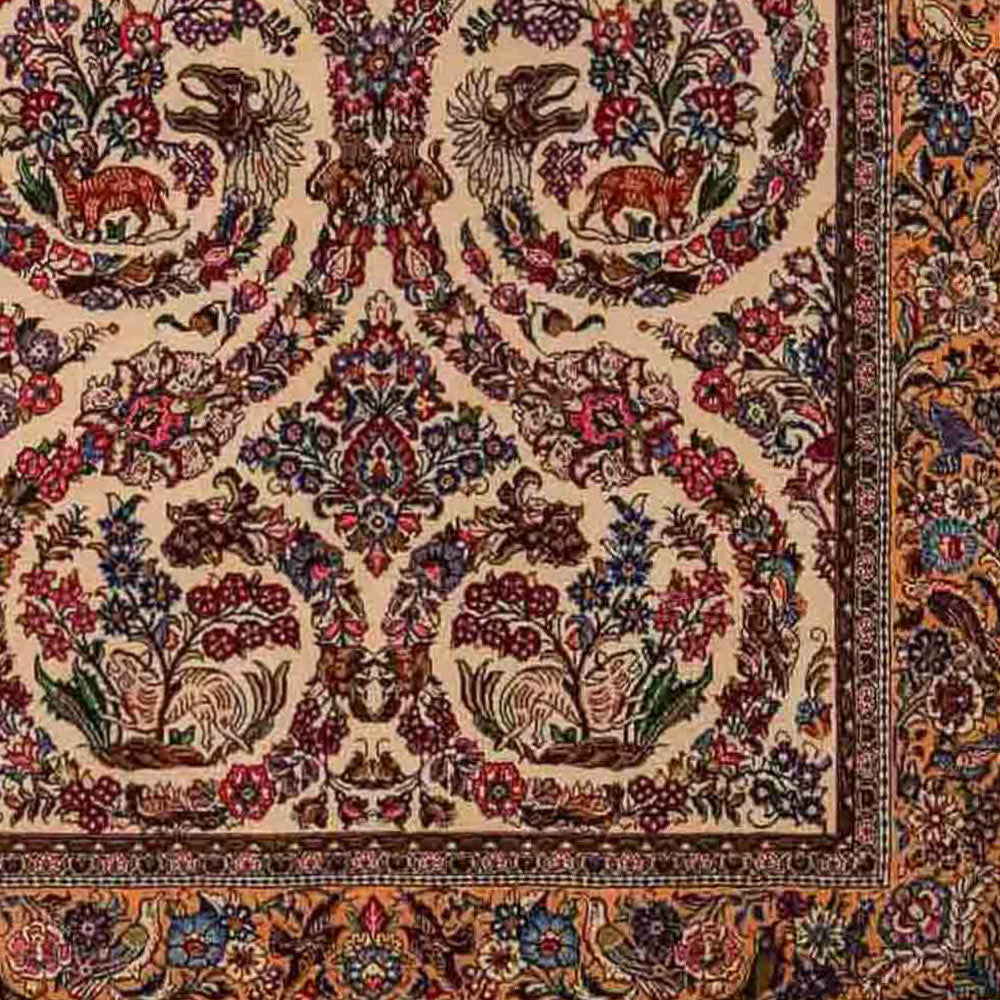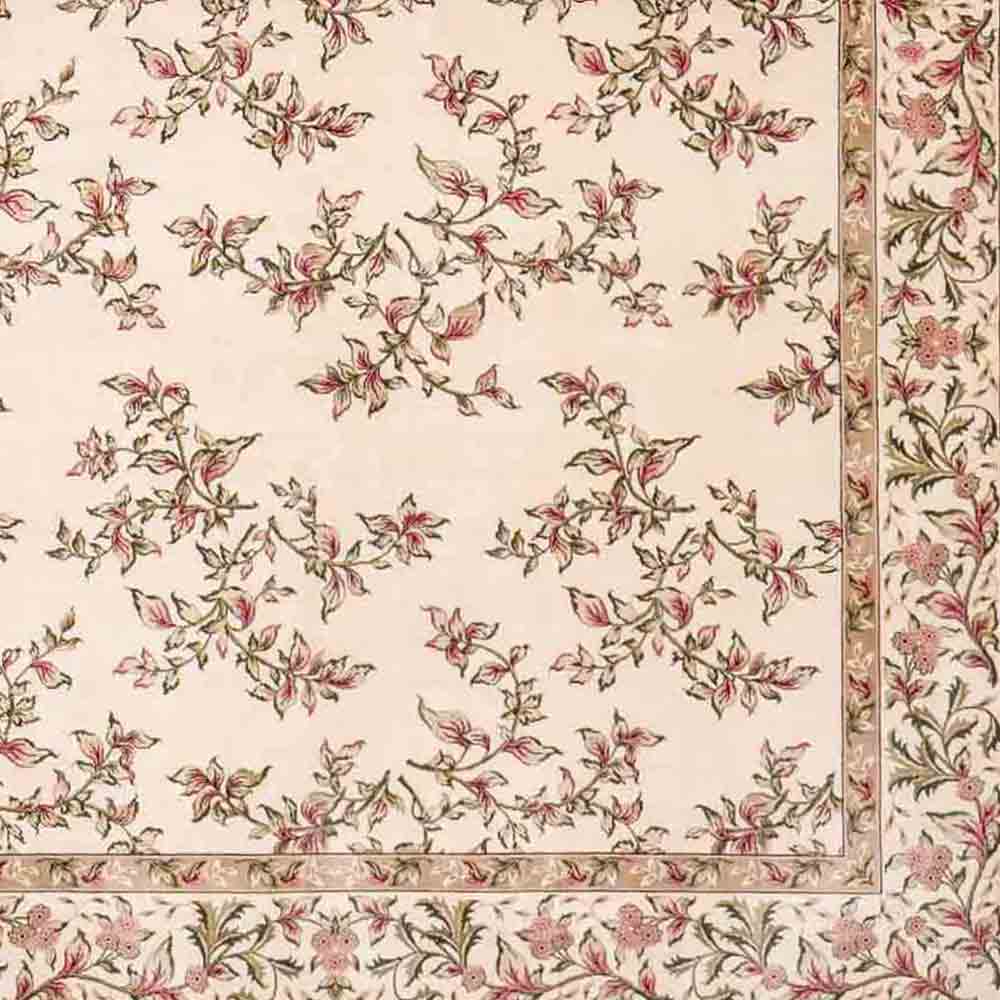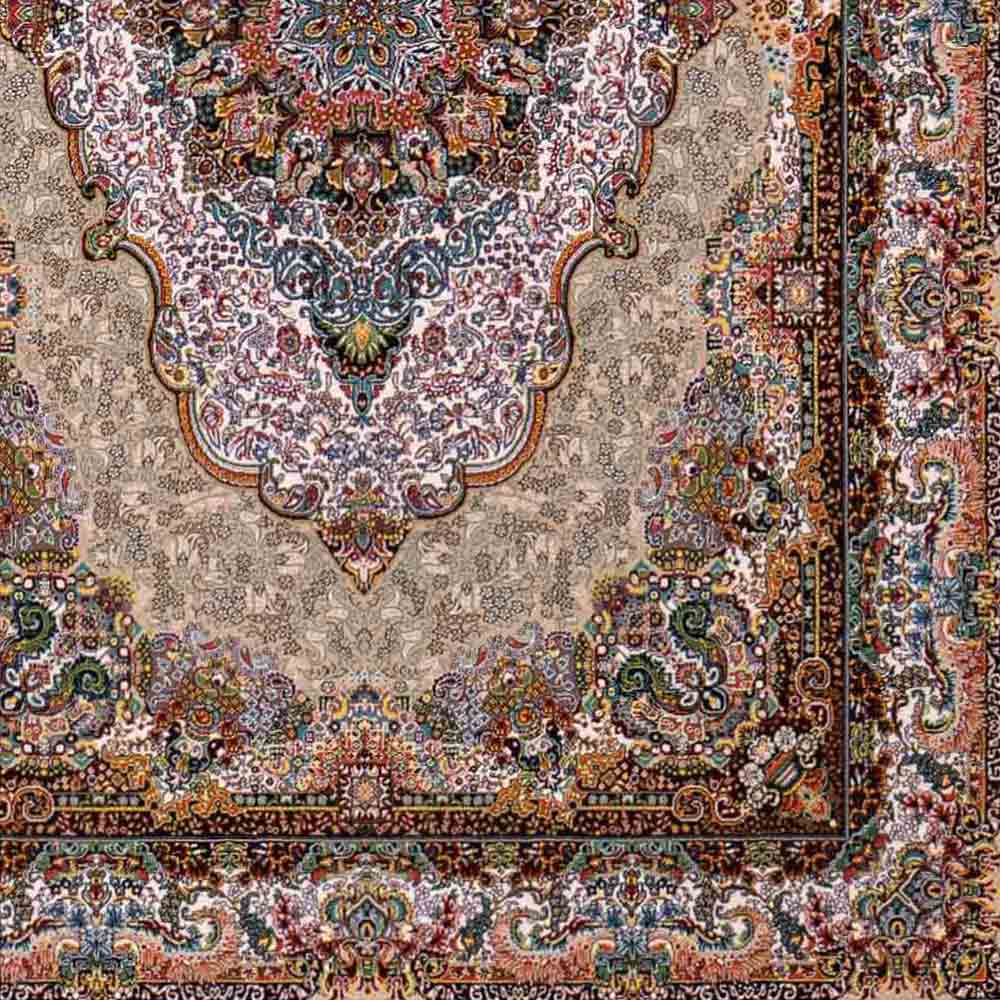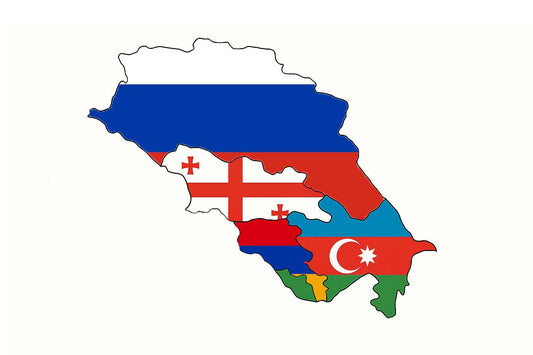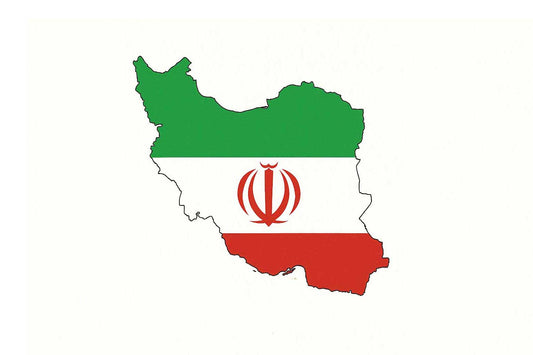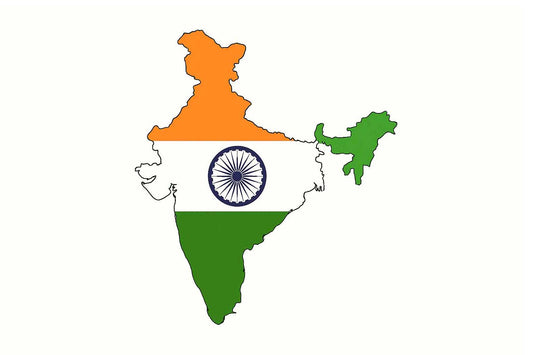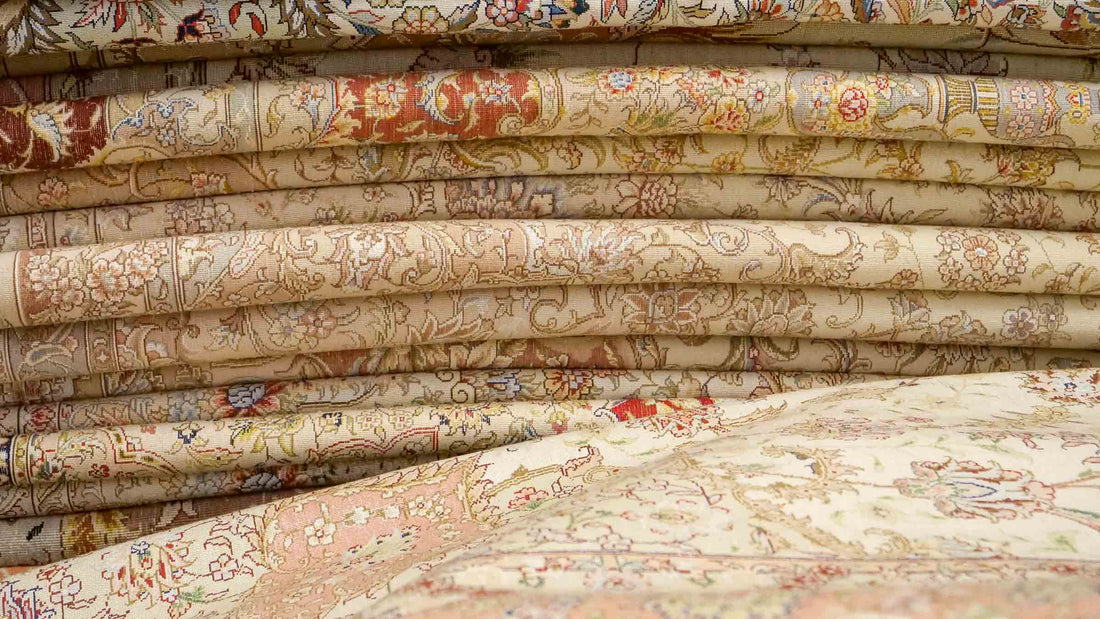
How to Identify Hand-Knotted Rugs
Daniel KhademiHand-knotted rugs are far more than decorative home accessories—they’re unique works of artisanal craftsmanship that bring warmth, style, and timeless elegance to any interior. What sets hand-knotted rugs apart is their blend of distinctive appearance, high quality, and exceptional skill. But how can you reliably distinguish an authentic hand-knotted rug from a machine-made one? In this comprehensive guide, you'll learn the key characteristics, quality criteria, and practical tips for buying a genuine hand-knotted rug.
The Most Important Features of Hand-Knotted Rugs
1. Knotting Technique & Rug Back
One of the typical signs of hand-knotted rugs is the knotting technique. The arrangement of knots on the back is usually slightly irregular—minor differences in size and shape are normal and signal true handcraft. In contrast, machine-made rugs result in a perfectly uniform pattern; the knots and motifs appear almost identical. Learn more about different knotting techniques here.
2. Fringe Construction
Authentic hand-knotted rugs feature fringes that are an extension of the warp threads—in other words, the fringes are a firm part of the rug structure. In machine-made rugs, fringes are often sewn on separately. Carefully check if the fringes and rug body are one continuous piece, as this strongly suggests real handwork.
3. Material Quality
Hand-knotted rugs are typically made from high-quality, natural materials such as pure wool, silk, or cotton. These materials offer lasting comfort, durability, and resilience. In contrast, synthetics like polyester or polypropylene (commonly used in machine-made rugs) feel less luxurious and wear out faster. Always review the material specifications closely. Find more information on common materials in our Carpet Materials blog.
4. Back Structure & Pattern Recognition
A genuine hand-knotted rug has a back that clearly reveals its pattern, usually mirrored; the individual knots are visible and show subtle variations. In machine-made rugs, the back is often covered with a textile layer, producing a uniform structure that hides the true knots.
5. Price, Origin & Certification
Due to the time-intensive process and precious materials, hand-knotted rugs are more expensive than their machine-made counterparts. Trustworthy hand-knotted rugs often come with certificates of origin, especially if they hail from renowned regions like Iran, Afghanistan, India, or China. Always ask for provenance and authenticity certificates when buying. At JUPITER Intl, every hand-knotted, hand-tufted, and hand-woven rug comes with a Certificate of Authenticity.
6. Design, Patterns & Individuality
The design of authentic handmade rugs is complex, richly detailed, and often features small irregularities or individual touches. Perfectly identical, highly repetitive patterns indicate industrial (machine) production. You’ll find detailed articles on rug designs, patterns, and motifs in our Design Classics blog.
Checklist: How to Identify a Genuine Hand-Knotted Rug
- Visible, irregular knot structure on the back
- Fringes as an integral part of the rug’s structure
- Use of natural materials (e.g. pure wool, silk, cotton)
- Clear statement of origin and/or certificate of authenticity
- Complex, subtly varied patterns and designs
- Higher price than comparable machine-made rugs
Frequently Asked Questions (FAQ)
How can I recognize machine-made rugs?
► Machine-made rugs typically have perfectly even backs and sewn-on fringes. They are often made from synthetic fibers and are significantly more affordable.
Which rugs are especially valuable?
► Hand-knotted rugs crafted from excellent materials, with high knot density and clear provenance, are highly value-retaining and sought-after collectibles.
Why is knot density important in hand-knotted rugs?
► The higher the knot density, the more detailed and durable the rug. It’s a mark of craftsmanship and overall quality. Click here to learn more about knot density.
What should I do if I’m unsure?
► Seek advice from a certified dealer before purchase or request a professional appraisal. Our Carpet Guide offers additional helpful information on authenticity and quality.
Summary
Anyone can learn to identify a genuine hand-knotted rug using the right checklist and a keen eye. By focusing on the key quality features mentioned above, you’ll be investing in an authentic, long-lasting original.
Explore our curated collection of Hand-Knotted Rugs and experience their diversity and exceptional quality for yourself. If you have questions or would like personalized advice, our team is here to assist you!
Learn more: Explore our other guides on topics such as Hand-Knotted Rug Value Retention, Design Classics, Countries of Origin, Carpet Materials, Carpet Guide, Care & Cleaning—and find your perfect rug today!

